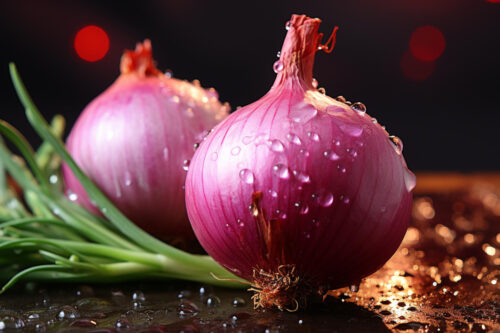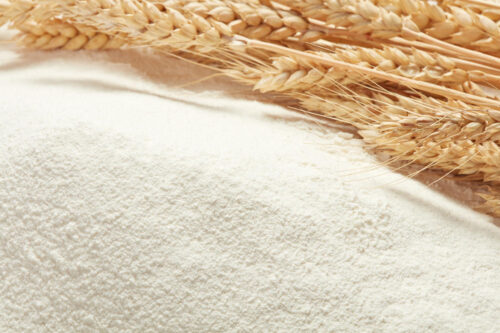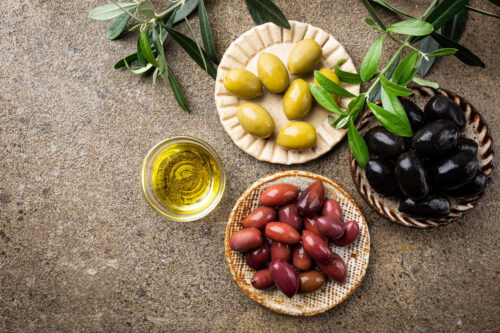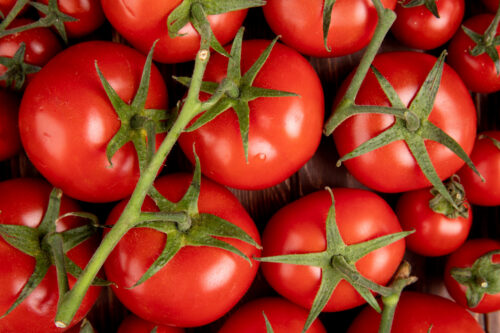Photo: Freepik
Italian cuisine is celebrated worldwide for its rich flavors, fresh ingredients, and diverse dishes. Among the various elements that define Italian gastronomy, fish and seafood play a crucial role, especially in coastal regions and islands. The country’s extensive coastline and numerous rivers and lakes ensure a bountiful supply of both marine and freshwater fish, which have become staples in Italian culinary traditions. Let’s explore some of the most cherished fish and seafood varieties that highlight the importance of these ingredients in Italian cuisine.
Sea Urchin (Ricci di Mare) Sea urchins, known as “ricci di mare” in Italian, are a delicacy appreciated for their unique taste and texture. The edible part of the sea urchin is its gonads, often referred to as “uni” in Japan. This ingredient is commonly found in local markets and restaurants along the Italian coast. It is best enjoyed fresh, straight from the shell, with a splash of lemon juice. The firm, creamy texture and rich, briny flavor make sea urchin a favorite in various Italian dishes.
Bottarga Bottarga is a traditional Italian delicacy made from the cured roe of tuna, mullet, or swordfish. It is known for its dense, salty flavor and silky texture. Bottarga is typically grated over pasta or egg dishes, enhancing their taste with its rich umami profile. In Sardinia, bottarga di muggine (mullet roe) and bottarga di tonno (tuna roe) are particularly famous. These varieties can be sliced thinly, drizzled with lemon juice and olive oil, and served as appetizers, or finely chopped to add depth to salads and other dishes.

Photo: Freepik
Scardovari Mussels (Cozza di Scardovari) Hailing from the briny waters of the Po River Delta, Scardovari mussels are renowned for their delicate flavor and low sodium content. These mussels are cultivated in the largest lagoon of the region and are rich in proteins and polyunsaturated fatty acids. They are often enjoyed in fish soups, seafood salads, or simply cooked au gratin, showcasing their versatility in Italian cuisine.
Sardella Sardella, often referred to as Calabrian caviar, is a fish preserve made from ground chili peppers and sardine whitebait, known locally as bianchetti. This delicacy from the province of Crotone in Calabria has a spicy, savory flavor and is typically served as a spread on bread or mixed into pasta dishes. Due to strict fishing regulations, it is sometimes made with other types of fish, maintaining its distinctive taste and texture.
Anchovies (Acciughe Sotto Sale del Mar Ligure) In Liguria, anchovies preserved in salt, known as “acciughe sotto sale,” are a cherished ingredient with a history dating back to the early 16th century. These anchovies are cured in chestnut wood barrels or terracotta vases and are known for their intense, savory flavor. They are used in various dishes, from simple antipasti to complex sauces, contributing a burst of umami to Italian cuisine.
Caviar from Brescia The province of Brescia has become a center for caviar production in Italy, particularly known for farming white sturgeon. The caviar produced here is celebrated for its round, smooth texture and intense, complex flavor. Often enjoyed on its own or as a luxurious addition to various dishes, Brescia caviar exemplifies the high-quality seafood that Italy has to offer.
Trout (Trote del Trentino) In the region of Trentino, trout farming is a significant tradition, with the fish reared in tanks supplied by the region’s pristine water sources. The quality of this water, abundant due to perennial snowfields and glaciers, ensures that the trout have excellent chemical-physical-biological properties. These trouts, known as “Trote del Trentino,” are highly valued for their flavor and are a common feature in local cuisine.
Golden Humpback Tench (Tinca Gobba Dorata del Pianalto di Poirino) The golden humpback tench, or “Tinca Gobba Dorata,” is a freshwater fish bred in the ponds of the Pianalto di Poirino area in Piedmont. This fish thrives in the warm, muddy waters of the region’s natural lakes and has been a part of local farming traditions for centuries. It is often preserved in carpione, a traditional method using vinegar and herbs, providing a fresh protein supply throughout the year.
In conclusion, fish and seafood are integral to Italian cuisine, offering a rich array of flavors and textures that enhance a wide variety of dishes. From the coastal delicacies of sea urchins and mussels to the inland specialties of trout and tench, these ingredients reflect the diversity and richness of Italy’s culinary heritage.
Sourse: TasteAtlas.com
















